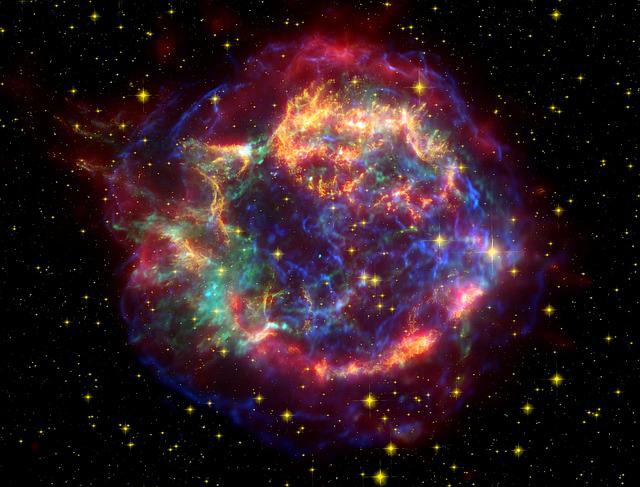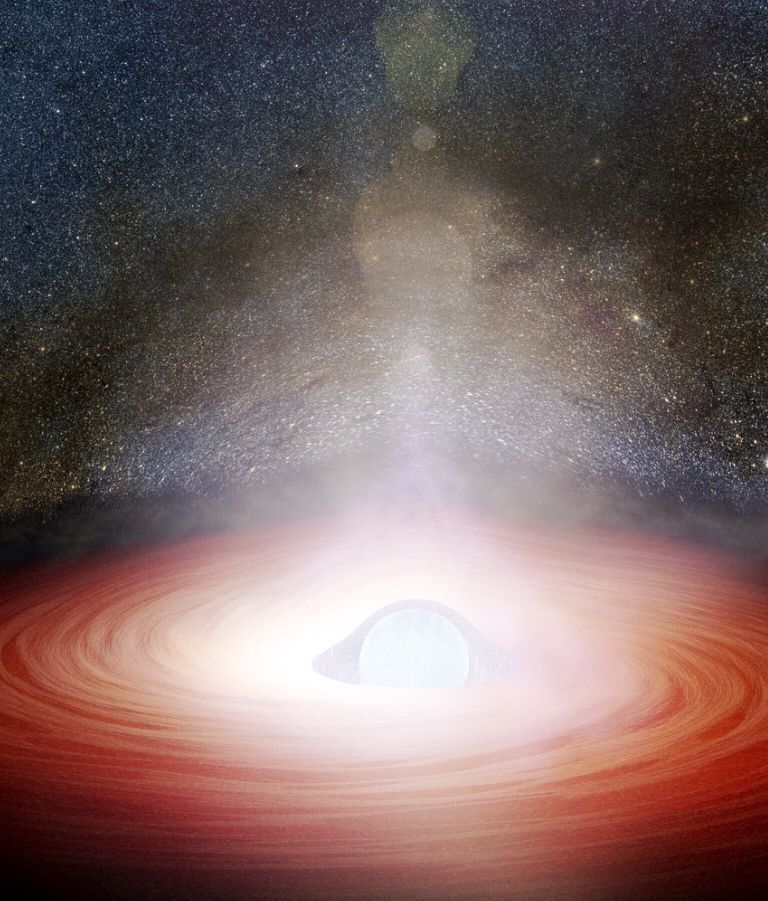*This post may contain affiliate links. This means we may make a commission if you purchase an item using one of our links*
The main differences between a hypernova and a kilonova is that a hypernova is simply a more powerful supernova where only stars that are 30+ solar masses and are dying will experience will whereas a kilonova occurs when two neutron stars merge together producing brightness 1,000 times more than a nova explosion.
There are other differences between the two so continue reading for a more detailed breakdown of the two along with the other similarities between the two.
What Is A Hypernova?
Table of Contents

Hypernovae are supernova explosions but on steroids.
In essence your typical hypernova will produce explosions that are anywhere from 5 times to 50 times more powerful than a supernova explosion.
The typical hypernova will be formed after the death of star that is at least 30 times the mass of our Sun, where they will generally have enough mass after the explosion to form a spinning black hole surrounded by an accretion disc and two stellar jets traveling close to it at the speed of light.
These explosion are much rarer than your typical supernova as they tend only to be observed 5 times over a million year period but, when they do happen, they’ll often produce light that is 10 – 100 times the brightness of a supernova.
Considering supernovae produce light that is often brighter than entire galaxies, a hypernova explosion would be blinding.
Not to mention extremely powerful where in the theory one explosion, that would typically have remnants sticking around a few months, would be able to power Earth for a billion, billion, billion years!
After the explosion has settled, only a black hole will remain. This is quite a juxtaposition as arguably the most luminous showcase produced in the universe tends to create celestial objects that allows no light to escape it.
What Is A Kilonova?

For a kilonova to occur 2 neutron stars need to collide. Neutron stars are formed when a star around 8 solar masses explodes through a supernova explosion.
These neutron stars also tend to a be in a binary star system. In this situation if the neutron stars are close to each other, they will gradually spin inwards as a result gravity until they merge together and cause an explosion.
As the name kilo would suggest, kilonovae are typically 1000 times more bright than your average nova however, when it comes to comparing them to your average supernova, they fall far short, whether it be in terms of luminosity or power.
After the explosion has set, scientists have observed that one possible outcome of this collision would be the formation of a black hole.
However, this is unlikely to be the most common outcome as black holes require materials that add up to around 3 solar masses but, according to the Laser Interferometer Gravitational-Wave Observatory study on kilonova collisions, it appears some can result in black holes.
Other kilonovae may have an afterglow that may get brighter over a few months or years after the explosion, which typically will be formed by the x-rays and radio emissions that the explosion ejects.
Of course if a black hole forms, these emissions will eventually fall into its singularity.
Similarities Between Hypernova And Kilonova
Both do have some similarities as both involve a bright and powerful ejection of energy and are among the brightest phenomenon’s that occur in any given galaxy. They also involve either the dead remnants of a star or a star that is about to die, whilst potential creating black holes as the end result.
Other than this similar features, the two are quite different from one another.
Differences Between Hypernova And Kilonova
In regards to the differences between a hypernova and kilonova, they include the following:
- A hypernova occurs when an extremely large star that is 30+ solar masses explodes whilst a kilonova occurs when two neutron stars merge.
- A hypernova explosion is the most powerful explosion that we know of whilst a kilonova is still very powerful but no where near the strength of the former stellar explosion.
- A hypernova explosion occurs once every 200,000 years whilst a kilonova is said to be a once in a lifetime occurrence which would place its explosion cycle every 50 – 100 years.
- A kilonova produces heat that is in the region of 9,000 – 11,000 degrees Celsius whilst a hypernova can be billions of degrees Celsius.
- Hypernovae tend to illuminate the cosmos for a few months at most whilst a kilonova will continue to produce its after glow anywhere from a few months to a few years.
- Hypernovae are far brighter than a kilonova where they can be 100 – 1000 times brighter than your typical kilonova.
Summary
Both are linked to stars where one is the final production of a smaller supernova explosion, neutron stars colliding and the other occurs when an extremely large star is on its last embers and explodes in a grandiose explosion that eclipses the luminosity of most entities in our universe for many months.
So despite both being explosions, hypernovae are probably the most luminous and most powerful stellar explosions in the known universe whilst kilonovae are more abundant but not nearly is as bright or powerful.

